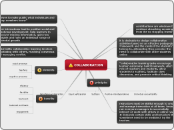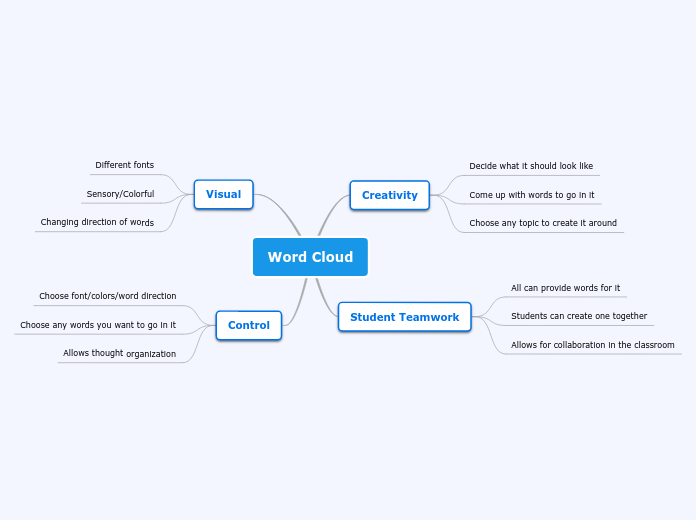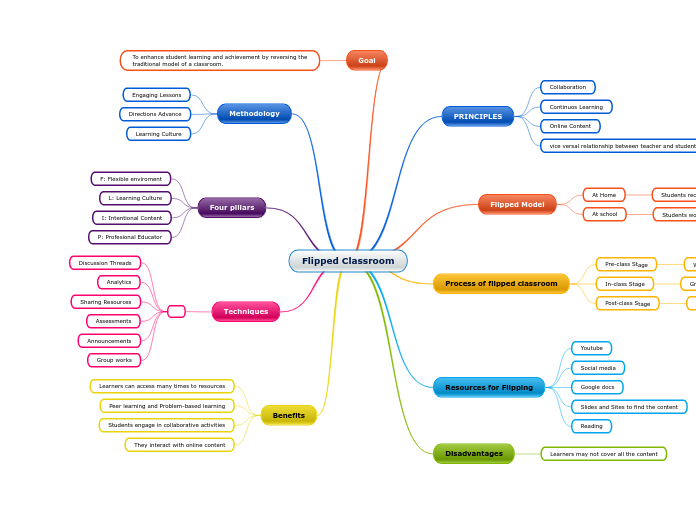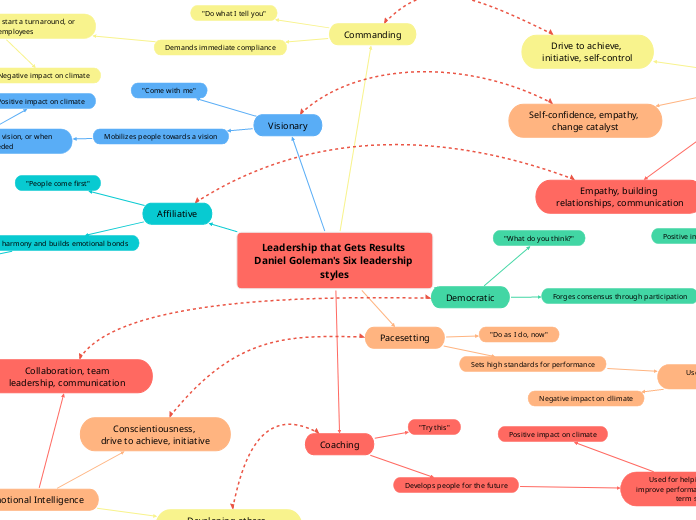par Paola Eraso Il y a 11 années
212
Collaboration in our VLRC
Creating and managing effective interactions is crucial for instructors, especially in online learning environments where not everyone may naturally excel in collaborative tasks. The role of the teacher includes facilitating these interactions to foster social and emotional development among students.









